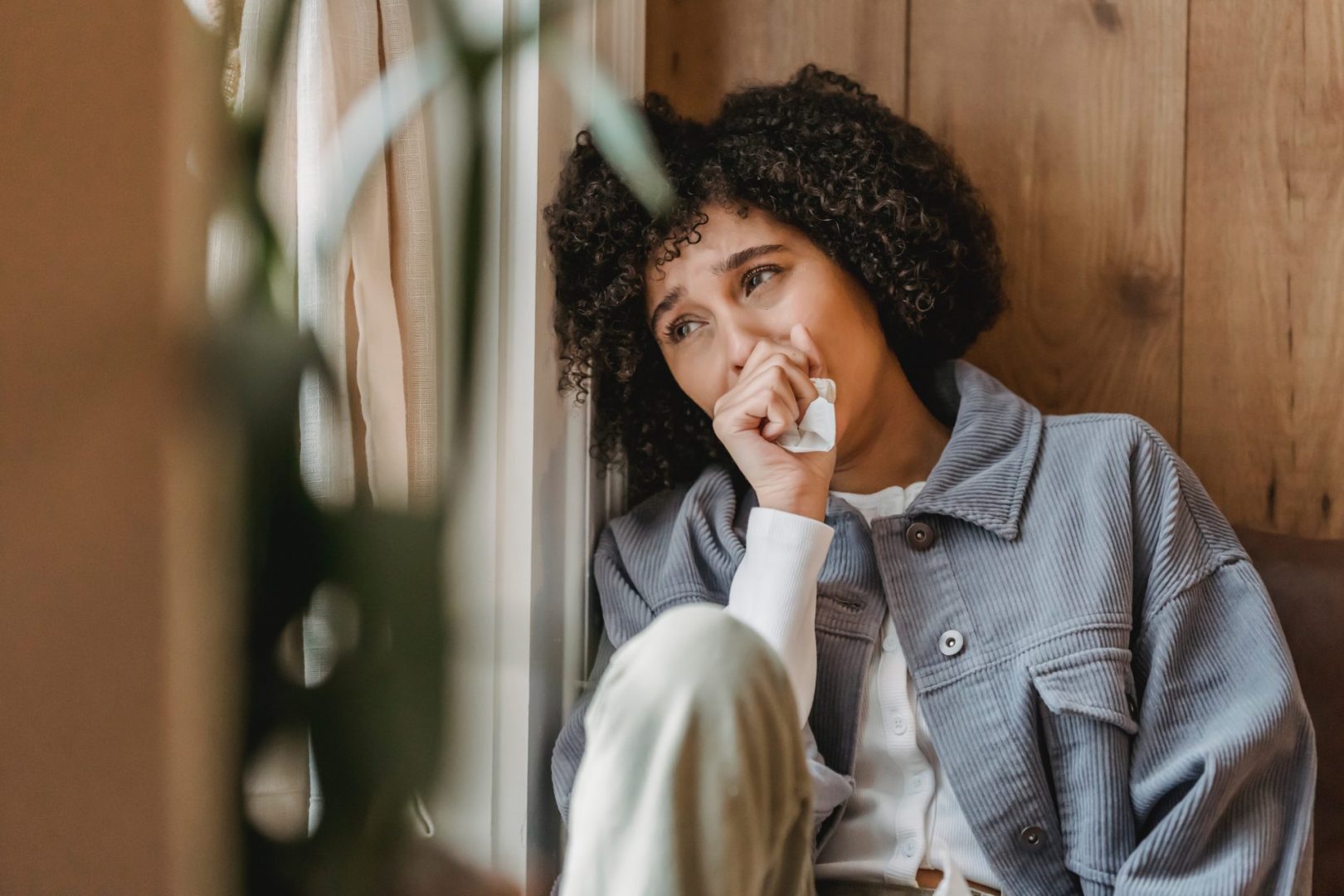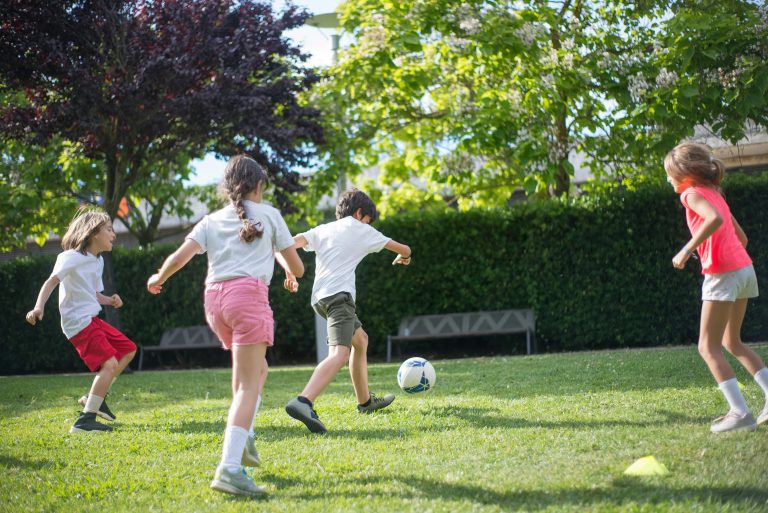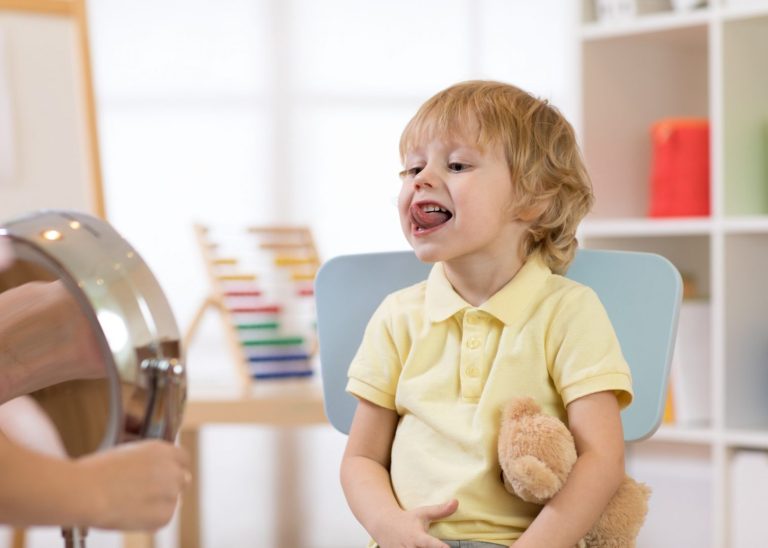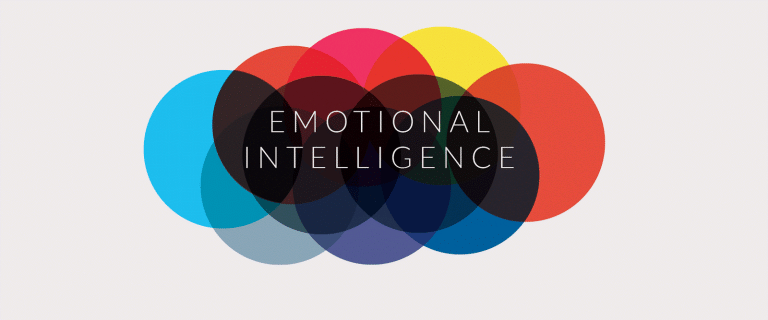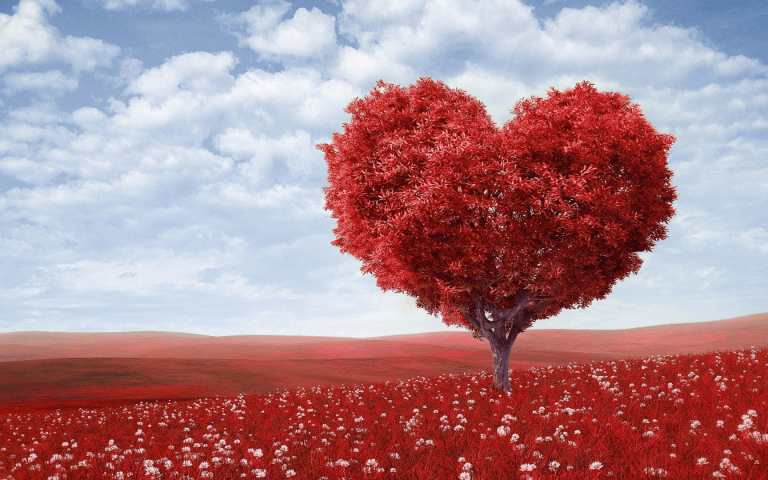Why Does Rejection Make My Heart Hurt?
Have you ever noticed that experiencing rejection can hurt just as much as physical injury? Strange as it may seem, physical pain and the emotional sting of rejection actually have a lot in common. In this blog post, we will discuss why rejection can hurt your feelings and how science illuminates this fascinating connection.
Let’s start by taking a look at two situations. Start by picturing spilling hot coffee on your lap – it is excruciating, right? Imagine scrolling through old pictures of a romantic partner you just broke up with and feeling a wave of rejection with each picture. Although these two circumstances might seem very different at first glance, they do have one thing in common: they both result in some sort of “pain”…
We frequently use words that refer to physical pain to describe feelings of social estrangement in a variety of languages and cultures. When we are rejected, we talk about having a “broken heart” or feeling like we have “broken bones.” This raises an intriguing question: How similar are physical pain and rejection in social situations?
This connection between physical pain and the pain of social rejection has been explored in recent studies. According to some studies, the system in mammals responsible for forming social bonds may have taken some mechanisms from the pain system to help mitigate the potentially negative effects of social isolation. There is growing evidence from both animal studies and brain imaging of humans that neural circuitry and processes underlying physical and social pain are similar. It appears that this overlap is an evolutionary adaptation.
Defining the Pain
Let’s clarify our terms first. According to one definition, physical pain is the “unpleasant sensory and emotional experience related to actual or potential tissue damage.” Social pain, on the other hand, is the distressing feeling that emerges when we feel psychologically distant from close friends or a social group. This is similar to how infants’ attachment systems track their physical distance from caregivers and signal distress when the caregiver gets too far away. This idea applies to adults as well as children and takes the form of psychological distance.
Scientific Insights
Let’s now examine some research findings that provide insight into the relationship between social and physical pain:
- Young children who experience physical pain tend to be more sensitive to social pain, especially, especially when they are separated from their caregiver.
- Anxious attachment styles are frequently seen in people with chronic pain disorders, which shows a focus on commitment in relationships and heightened anxiety about social evaluation and rejection from others.
- People who are more sensitive to rejection express more distress when they see other people in physical pain.
- More social support not only lessens social pain but also lessens physical pain in a range of situations, from treating cancer to dealing with chronic illnesses.
- Research on both humans and animals demonstrates that social support increases pain tolerance and lowers self-reported pain levels.
- It has been discovered that some medications used to treat physical pain, such as opiates and antidepressants, also treat social pain, highlighting the shared mechanisms.
In conclusion, these findings imply that social and physical pain depend on overlapping neural processes that work together to create a common neural alarm system. Although this overlap has an adaptive benefit for mammals’ survival, it unintentionally leaves us with a lifelong need for social connection and a sense of distress when those connections are broken.
The next time you experience rejection pain, keep in mind that your brain is wired to perceive social pain similarly to how it perceives physical pain. It serves as a reminder of our innate desire for interpersonal relationships. Knowing this link can help us empathise with those who are being rejected and, possibly, provide a little extra support to help them heal their emotional wounds.
If you think that you can benefit from professional support on this issue you can reach out here.
Seray Soyman is working as a Clinical Psychosexologist within the Willingness team, providing psychosexual education and sexual support sessions, as well as delivering training and workshops. She has a master’s degree in Clinical Psychosexology from the Sapienza University of Rome. Seray’s research interests are sexual communication, sex-positive behaviour, LGBTQIA+ studies, and sexual health.
References
Eisenberger, N. I., & Lieberman, M. D. (2004). Why rejection hurts: a common neural alarm system for physical and social pain. Trends in cognitive sciences, 8(7), 294-300.
Kross, E., Berman, M. G., Mischel, W., Smith, E. E., & Wager, T. D. (2011). Social rejection shares somatosensory representations with physical pain. Proceedings of the National Academy of Sciences, 108(15), 6270-6275.

